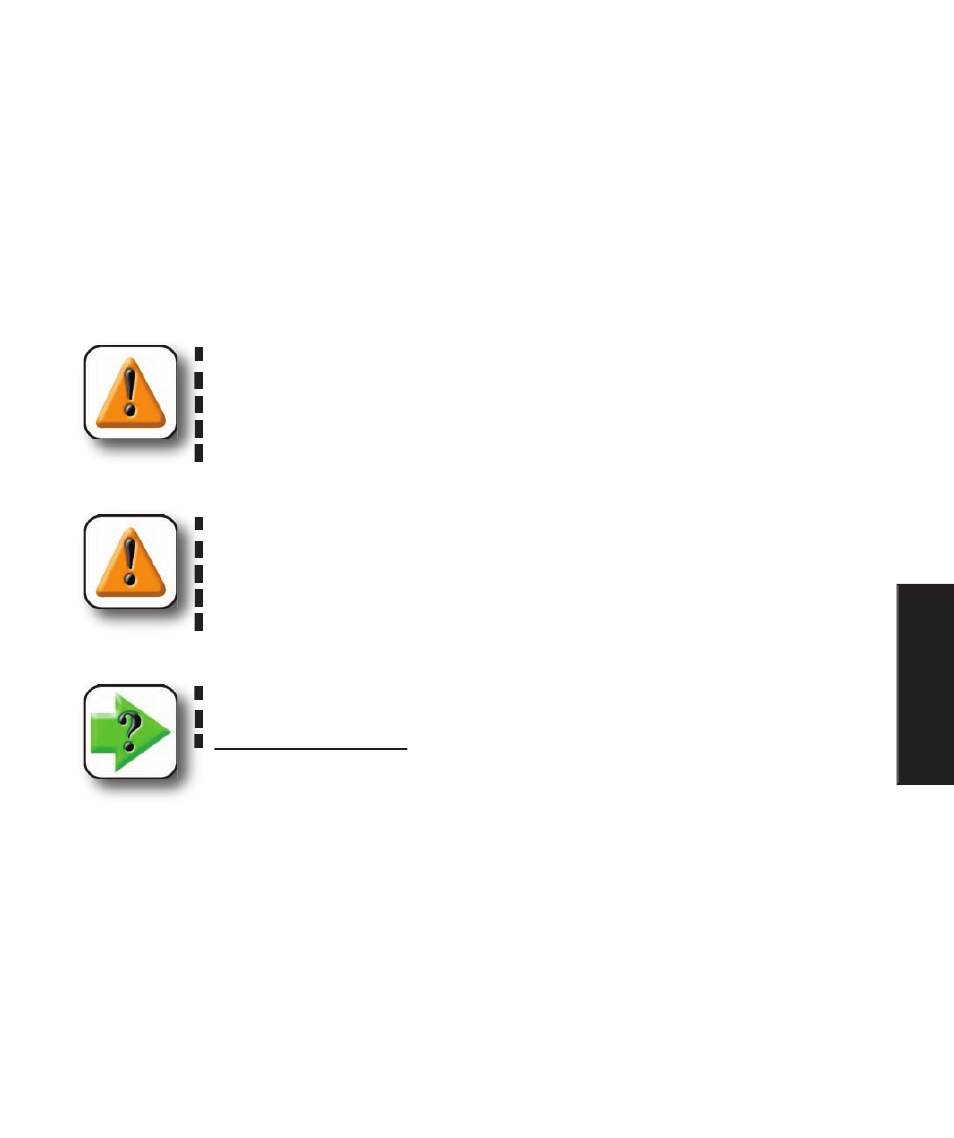Chapter 6: tolerancing – HEIDENHAIN IK 5494-2D User Manual
Page 223

201
6
Tolerancing
Chapter 6:
Tolerancing
Tolerances can easily be applied to position, size, orientation, form, runout and concentricity measure-
ments using the on-screen menu or the Tolerance toolbar.
CAUTION
Discrete point measuring machines estimate the size, position, orientation, and form of
geometric features based on points probed. When parts are designed with critical tol-
erances, be sure that you have probed sufficient points to calculate a reliable estimate.
For example, if you probe a circle with only three points, the circularity will be perfect
and the circle will always pass a form tolerance test.
CAUTION
The QC5200 uses a “best fit” program to estimate the size, position, orientation and
form of geometric features. While the best fit yields very useful information, the re-
sults do not necessarily reflect how well the parts will fit together and perform their
function. For example, a hole diameter could be calculated as 10.000 mm but have
poor form. In this case, a 9.9 mm pin might not fit in the hole.
NOTE
Tolerance calculations comply with the ASME Y14.5M-1994 standard except as noted
in Appendix C: Tolerances
Appendix C: Tolerances.
